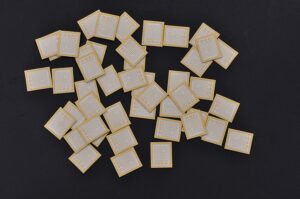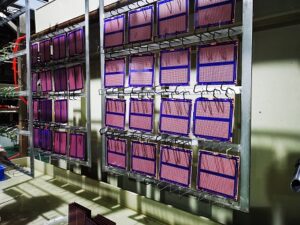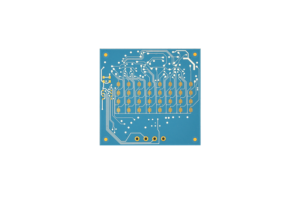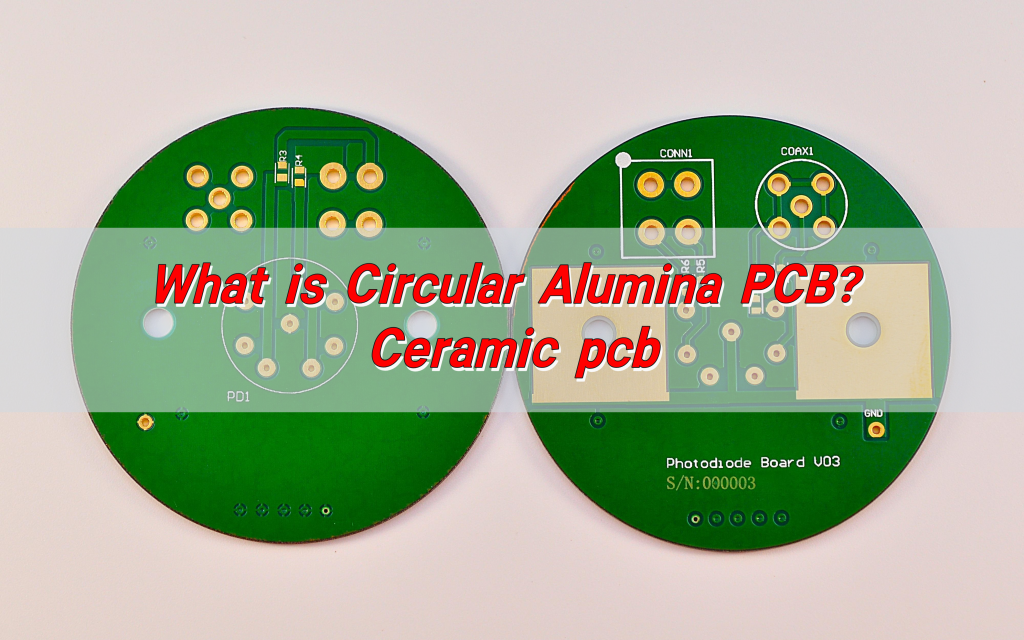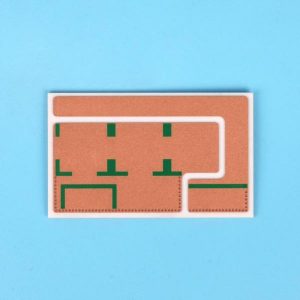DBC (Direct Bond Copper) ceramic PCB also known as DCB ceramic, which is widely used in various type of high-power semiconductor, especially in IGBT package material by means of its excellent electricity and thermal conductivity of copper and the advantages of high mechanical strength and low dielectric loss of ceramics. DBC technology uses the oxygen-containing eutectic solution of copper to directly apply it to the ceramic. The key factor in the preparation process is the introduction of oxygen element, so the copper foil needs to be pre-oxidized in advance. Do you want to know what is the copper foil oxidation technology during the DBC ceramics manufacturing? Hereinbelow, we will introduce the oxidation process for you.

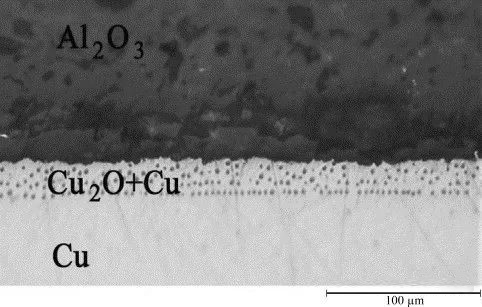
Oxidation technology of copper foil
Copper oxidation is divided into Wet Air Oxidation (including soaking oxidation and spraying oxidation) and Dry Oxidation. Both oxidation methods can form CuO or Cu2O on the surface of copper foil.
- Wet Air Oxidation (WAO)
i. Soaking oxidation
First, the copper is pickled with 3% dilute sulfuric acid, and then washed by the spray washing machine after overflow. Next, sent the copper into the mixed solution of potassium permanganate and copper sulfate (the concentration of potassium permanganate is about 31.6mg/L and the copper sulfate is about 95.4mg/L) for soaking and oxidation. The oxidized copper is then washed with water and three-stage countercurrent washing, and then slowly pulled for dehydration and drying (the temperature is about 100℃) to complete soaking and oxidation.
ii. Spraying oxidation
Spraying oxidation is a kind of WAO, only the oxidation method become spraying. Spray oxidation is to spray copper with mixed solution of manganese nitrate and copper nitrate (concentration of about 3%) after pickling and washing. The sprayed copper is dried directly in the tunnel kiln (the temperature is about 200℃). In the drying process of tunnel kiln, the manganese nitrate and copper nitrate sprayed on the copper sheet are decomposed into copper oxide and manganese oxide. The ratio of soaking oxidation and spraying oxidation treatment of copper sheet is about 5:5.
- Dry Oxidation
Dry oxidation is very easy to process, put the copper into oxidation oven firstly, then heating up to 600~800oC for oxidizing around 30mins and then subjected to air cooling annealing.
Wet Air Oxidation VS Dry Oxidation
At present, the existing industry is widely used to finish the high-temperature annealing oxidation of copper then sintering with ceramic substrate, that is dry oxidation. But this high temperature annealing, oxidation in one way has some drawbacks as following:
- Uneven oxidation. It will directly cause sintering defects during sintering, and the peeling strength will change greatly.
- Leaving conveyor belt marks. Because the high temperature and oxidation process is transported by the conveyor belt, the existence of the conveyor belt mesh will affect the temperature distribution of the entire copper is not uniform, leaving marks/traces of the conveyor belt. The result of sintering is to leave the corresponding trace on the bonding surface of CuAl2O3.
- High temperature annealing and oxidation will accompany the grain growth of copper. In the subsequent sintering process, the grain will continue to grow, which brings adverse effects on the mechanical properties and surface treatment of copper. The copper surface grain produced by wet oxidation is fine, which is conducive to improving the mechanical properties of copper and eliminating the traces of conveyor belt. The main difference between wet oxidation and dry oxidation is shown in the bending resistance, heat resistance cycle performance and peeling strength, and these three indicators are significantly better than dry oxidation. Wet oxidation products can better meet the requirements of bending strength and heat resistance cycle performance.
So, this is the end of this post, Best Technology specialized in fabricating ceramic PCB (including DBC, DPC, AMB, HTCC and LTCC technology) for more than 16 years, we have rich engineering team and professional sales team can provide one-stop service for you. Welcome to contact us if you have any inquiries about ceramic PCB.
Tags: ceramic PCB


